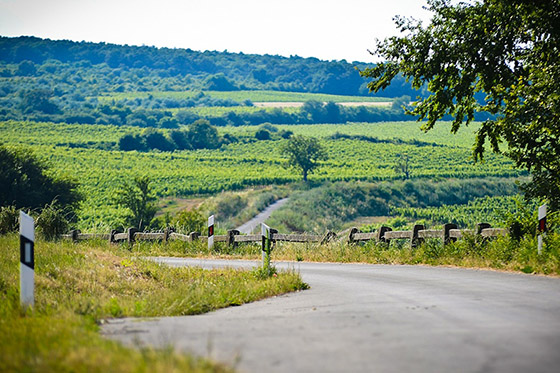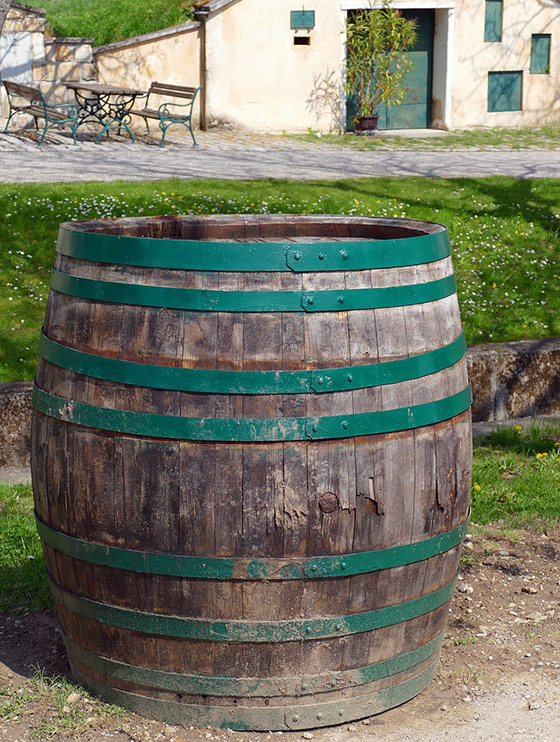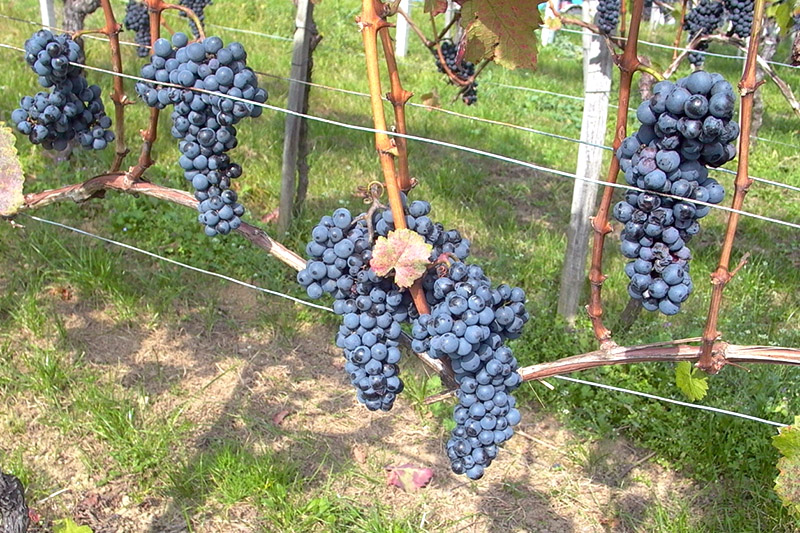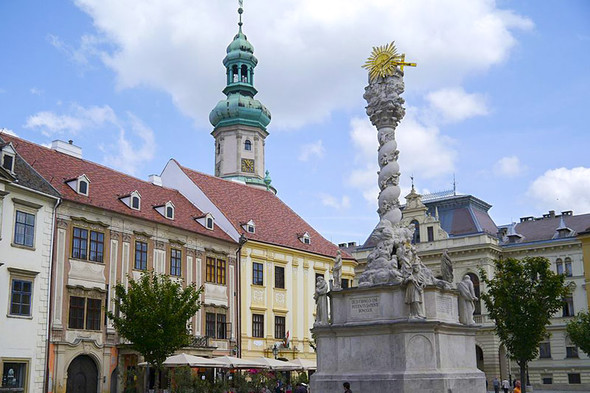I have read somewhere that Sopron is listed nine in the most popular domestic touristic destinations. This is rather hard to interpret, since it is not clear that visitors are numerous or scarce. Another statistical survey revealed that the majority of tourists visiting Sopron are Austrian, German and Ukrainian. No word about Hungarian guests and, obviously, I was not looking at the right survey and for sure it has nothing to do with what I am about to say but I am stuck with the thought that in spirit Sopron is rather Ödenburg, the capital of Burgenland than a small Hungarian border town at the far end of nothing.

“My mother was, as they say, trained to life.” “And, well, my father was too, trained to life. But each one to a different life; forced relocation was not among the imaginable potential lives.” Citing Péter Esterházy in relation to Sopron is reasonable from many aspects. It is just a thing that the neighbourhood in Austria and in Hungary is packed with Esterházy castles, relics and stories, but what is really interesting is that although the above sentences are about aristocrats, yet they can be perfectly applied to almost any ethnic group of the 20th century. Central Europe never had to borrow silliness. In 1594, for example, the town council in Sopron (Oh, sorry no, in Ödenburg) excluded the Hungarian language from town administration. It is understandable, anyway, there were not too many Hungarians there. There even was a decree prohibiting that they buy a house, therefore (but obviously not for this reason) the German farmers lived and got richer as it should be. Apropos farmers. Do we all know that we are talking about the ponzichter? The word of – surprise-surprise – German origin refers to the fact that vine growers in Ödenburg planted vegetables, mainly beans, between the vine rows. (Bohnenzüchter – bean-grower) The profit was multiple, bean, having papilionaceous flowers, ties up soil nitrogen (of course people at that time had no idea about that) which makes vine ecstatically happy, what is more the feed cake made from beans made the oxen’s hair so shining that it was apparent from even a long distance if one was a vineyard owner in Sopron. So that’s the way it goes. Later on society became more diversified and the town burnt to dust giving us today’s super cute baroque centre and the towns symbol, the rebuilt fire tower. In the end it followed the usual scenario: the different religious, ethnic and a bit later political groups have developed almost to perfection each other’s extinction in the bloody 20th century. So I am afraid today’s society in Sopron offers only fragments of that a hundred years ago.

But how about wines and what about Burgenland?
If we take a thorough look around we can see that there are countless of great Austrian wine regions near Sopron. There are not only jet skiing daddies and Dutch caravans around Lake Fertő, but also legendary sweet wines while nice red wines are filtered by our brothers-in-law on the hills. Sopron used to be the natural centre of this idyllic world and today’s Sopron Wine Region is the melancholic remainder of the very same world. Although the most loyal town (or as a gossip goes those eight villages hastily joined to it) voted for staying in Hungary in 1921. Now, not surprisingly, it is looking for its new identity in its German roots. A certain proportion of today’s wine makers are the descendants of the ponzichter, while other were born on the Austrian side and earned their comfortable living there so that later on they could repurchase their grandparents’ legacy. This is not a general tendency though it is good. While in the capital of Kékfrankos (Blaufränkisch) everything is about Kékfrankos in people’s minds, this variety acquired world fame under the name Blaufränkisch. And while Soproni Kékfrankos (Sopron Blaufränkisch) can just hardly be seen even in Budapest, its Burgenland counterparts are rather frequently sold for 60-80 USD/bottle in New York. Well, the Austrian marketing is legendary, let’s just think of the most widely known mass murderer. They lead the world to believe he was German. Beyond the glittering of our neighbour and our lament over Kékfrankos, the coin has another side. Taking our brothers-in-law’s success we should take a better look around Sopron! Let’s get over the compulsory ones, let’s visit the fire tower, swim in Lake Fertő in the summer, let’s listen to a concert at the Fertőrákos Quarry, let’s check in the neighbouring castles (Esterházy castles in Fertőd and Kismarton, Széchenyi castle in Nagycenk), let’s cross the border (which hopefully exists only in the heads) and let’s take a walk in Rust and taste Austrian wines, then let’s return to Sopron and visit Szepi Töltl, Kurt Taschner, pop in to Szabolcs Lukács and compare the Soproni Kékfrankos with the Blaufränkisch we had tasted on the other side of the border. This will make it easier to draw the conclusions. The Sopron wines are just hardly behind their expensive Austrian peers. Lagging behind exists (as in other fields of life) only in our minds. In the fact that the small team engaged in wine marketing in Sopron was dissolved instead of dealing a bit more with this area. In the fact that communication was broken down with Pest. And in the fact that they let what they built lost. Rich is the country and the community that allows itself to do so.

Taschner, Soproni Irsai Olivér 2015
A light wine from a serious, thoughtful man. Kurt Taschner, anyway, is a softly-spoken young man, who sometimes quietly says astonishingly great things. However, with this wine, it’s as if he’s looking himself in the eye. Or he simply knows what’s appropriate for this variety. You can count on freshness and aromas that you make you want another glass immediately. It’s worth buying a few bottles of this.
Winelife, Zöldveltelini 2015
It seems that Austria’s flagship variety also feels at home on the other side of the border. Attractive label, lovely spiciness with the variety’s characteristic white pepper and peach. A youthful winery’s youthful wine, but not just for the young.
Vincellér-Ház, “Első gólya” (First stork) primeur Kékfrankos 2016
Creamy, silky new wine with plenty of sour cherry and the winemaker Titi Molnár’s half smile. If you want to drink a good new wine, then there’s no better choice. It’s absolutely super. Well done Vincent...
Weninger, Steiner kékfrankos 2012
The best example of when an Austrian winemaker also buys land for himself in Hungary. Unadulterated great Austrian Blaufränkisch, yet authentically from Sopron, with slate and mineral notes. Worth decanting before drinking to allow to open and show itself at its best.






